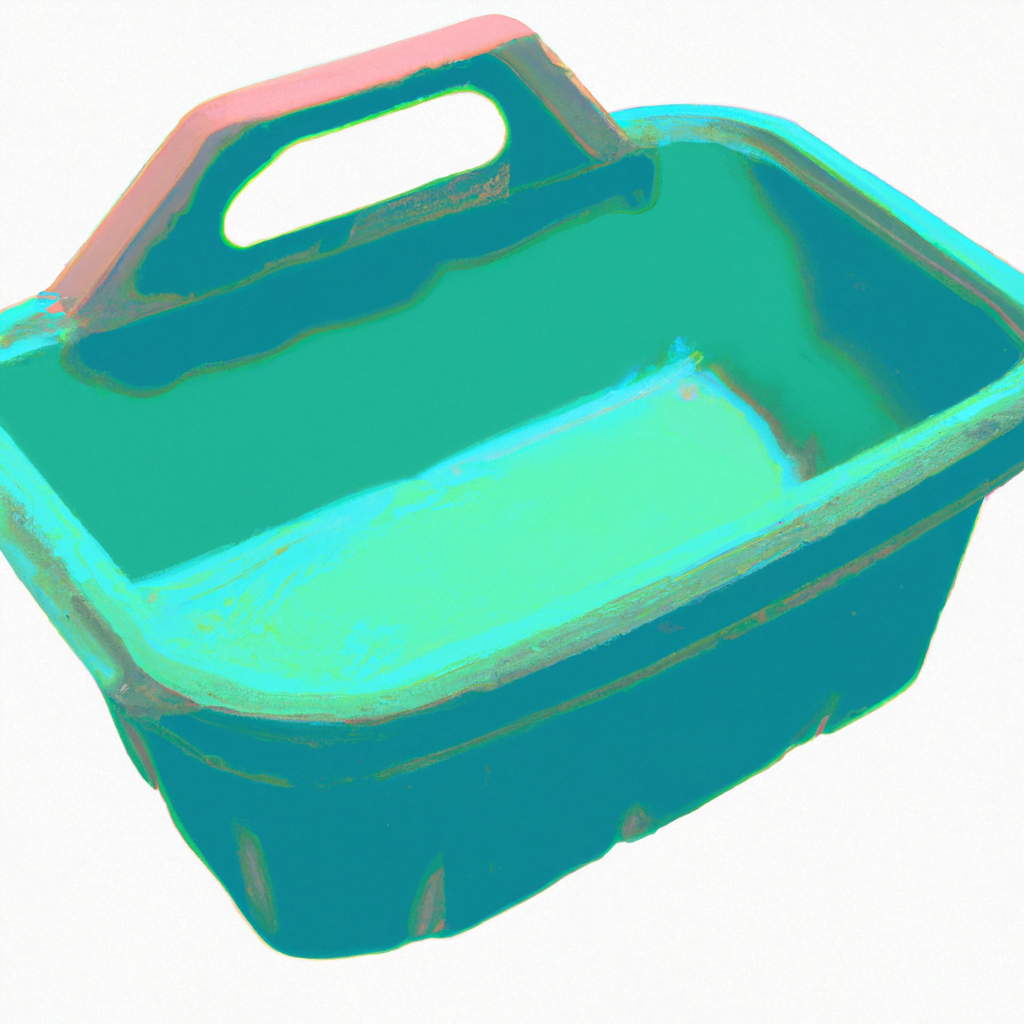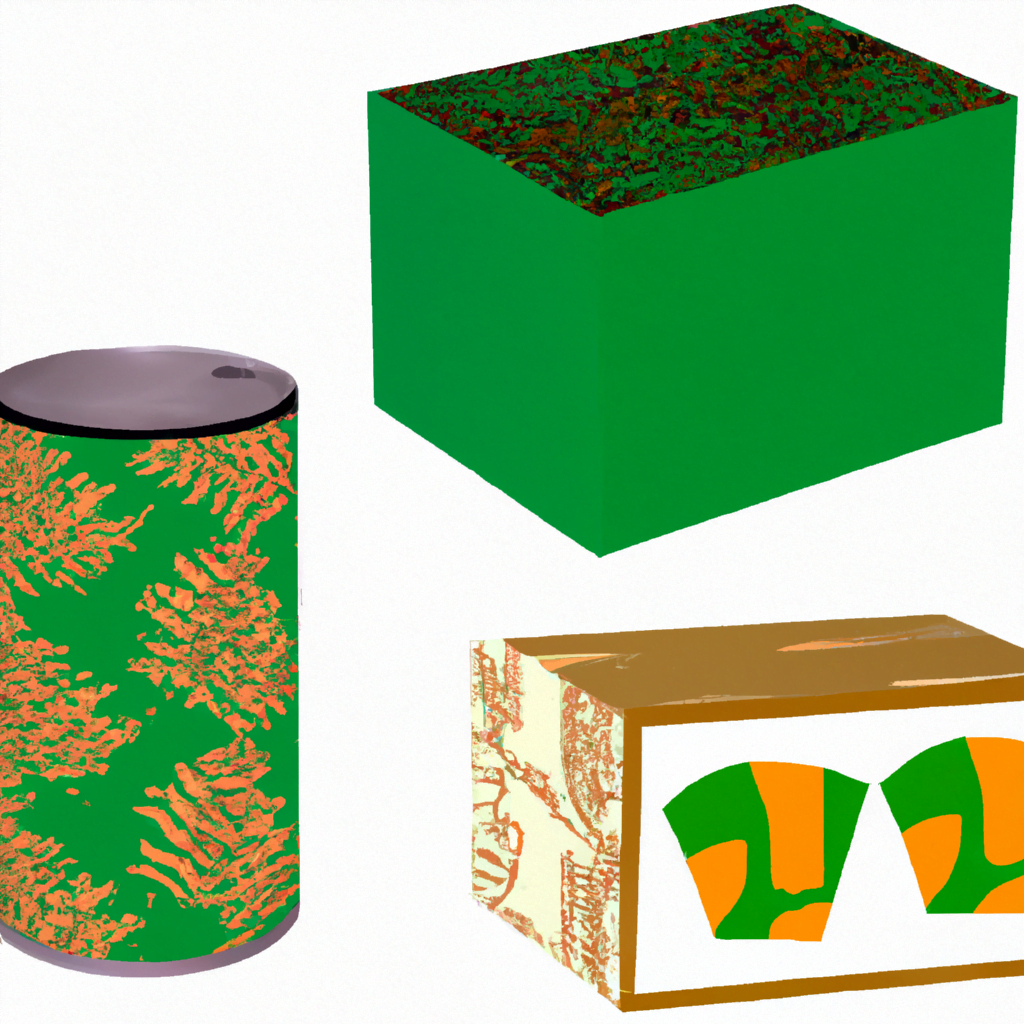
Packaging for Outdoor and Gardening Products: A Comprehensive Guide

Introduction
Packaging plays a crucial role in the success of any product, and outdoor and gardening products are no exception. The packaging of these products not only protects them from damage during transportation and storage but also serves as a marketing tool to attract potential customers. In this article, we will explore the various aspects of packaging for outdoor and gardening products, including the materials used, design considerations, and sustainability.
Materials Used in Packaging for Outdoor and Gardening Products
The choice of packaging material is critical for outdoor and gardening products as they are often exposed to harsh weather conditions and rough handling during transportation. Here are some of the commonly used materials in packaging for outdoor and gardening products:
Plastic
Plastic is a popular choice for packaging outdoor and gardening products due to its durability, flexibility, and cost-effectiveness. However, plastic packaging has come under scrutiny in recent years due to its negative impact on the environment. Plastic packaging can take hundreds of years to decompose, and it often ends up in landfills or oceans, causing harm to wildlife and the ecosystem.
Paper and Cardboard
Paper and cardboard are eco-friendly alternatives to plastic packaging. They are biodegradable, recyclable, and compostable, making them a sustainable choice for packaging outdoor and gardening products. Paper and cardboard packaging can also be customized with attractive designs and graphics to enhance the product’s appeal.
Metal
Metal packaging, such as tin cans and aluminum bottles, is commonly used for outdoor and gardening products such as insecticides and fertilizers. Metal packaging is durable, lightweight, and provides excellent protection against moisture and air. However, metal packaging can be expensive and may not be suitable for all types of outdoor and gardening products.
Design Considerations for Packaging for Outdoor and Gardening Products
The design of the packaging is crucial for outdoor and gardening products as it can influence the customer’s buying decision. Here are some design considerations to keep in mind when designing packaging for outdoor and gardening products:
Visibility
The packaging should be designed in a way that allows customers to see the product inside. This is particularly important for outdoor and gardening products as customers need to know what they are buying. Transparent packaging, such as clear plastic or glass, is an excellent option for products such as seeds, bulbs, and plants.
Branding
The packaging should reflect the brand’s identity and values. The use of colors, logos, and graphics can help create a strong brand image and increase brand recognition. The packaging should also include relevant information such as the brand name, product name, and usage instructions.
Functionality
The packaging should be designed to be functional and easy to use. For example, packaging for gardening tools should be designed in a way that allows customers to see and touch the product before buying. The packaging should also be easy to open and close, and should provide adequate protection to the product during transportation and storage.
Sustainability in Packaging for Outdoor and Gardening Products
Sustainability is a growing concern among consumers, and packaging for outdoor and gardening products is no exception. Here are some sustainable packaging options for outdoor and gardening products:
Biodegradable Packaging
Biodegradable packaging is made from materials that can decompose naturally, such as plant-based materials like cornstarch and sugarcane. Biodegradable packaging is an eco-friendly alternative to plastic packaging and can help reduce the amount of waste in landfills.
Recyclable Packaging
Recyclable packaging is made from materials that can be recycled, such as paper, cardboard, and some types of plastic. Recycling packaging helps reduce the amount of waste in landfills and conserves natural resources.
Reusable Packaging
Reusable packaging is designed to be used multiple times, reducing the need for single-use packaging. For example, gardening tools can be packaged in reusable bags or containers that customers can use to store the tools after use.
Case Studies
Here are some examples of outdoor and gardening products with innovative packaging designs:
Seed Packets by Botanical Interests
Botanical Interests, a Colorado-based seed company, uses eco-friendly packaging for its seed packets. The seed packets are made from 100% recycled paper and are printed with vegetable-based inks. The packaging also includes detailed planting instructions and illustrations to help customers grow their plants successfully.
Plantable Packaging by Bloomerang Solutions
Bloomerang Solutions, a Canadian packaging company, has developed plantable packaging for outdoor and gardening products. The packaging is made from biodegradable materials and contains seeds that customers can plant after use. The packaging can be customized with the brand’s logo and graphics, making it an excellent marketing tool.
Conclusion
Packaging plays a crucial role in the success of outdoor and gardening products. The choice of packaging material, design, and sustainability are critical factors that can influence the customer’s buying decision. By using eco-friendly packaging materials and innovative designs, outdoor and gardening product manufacturers can not only protect their products but also contribute to a sustainable future.
